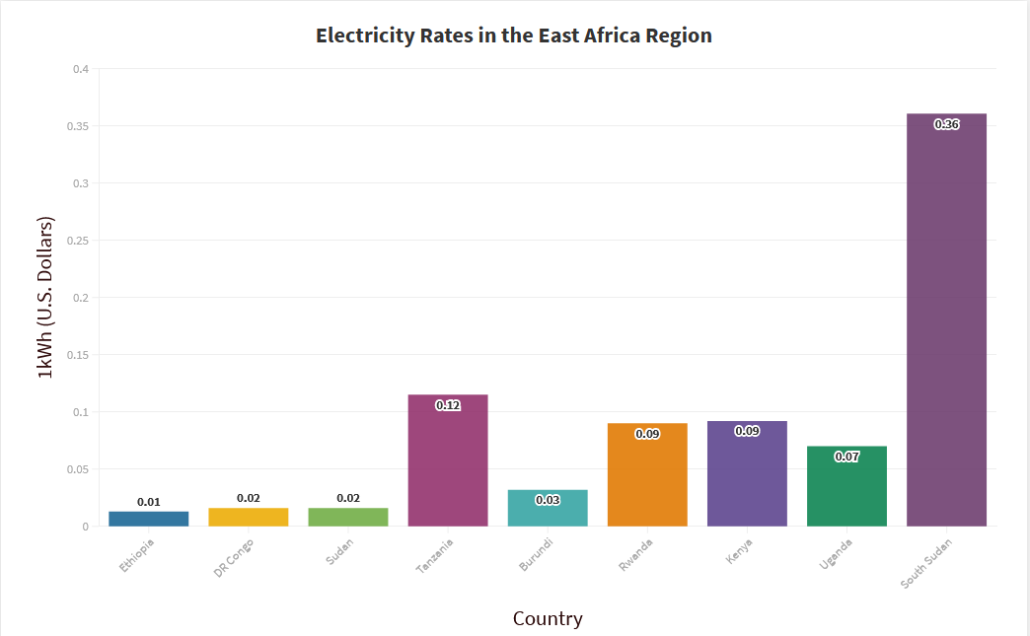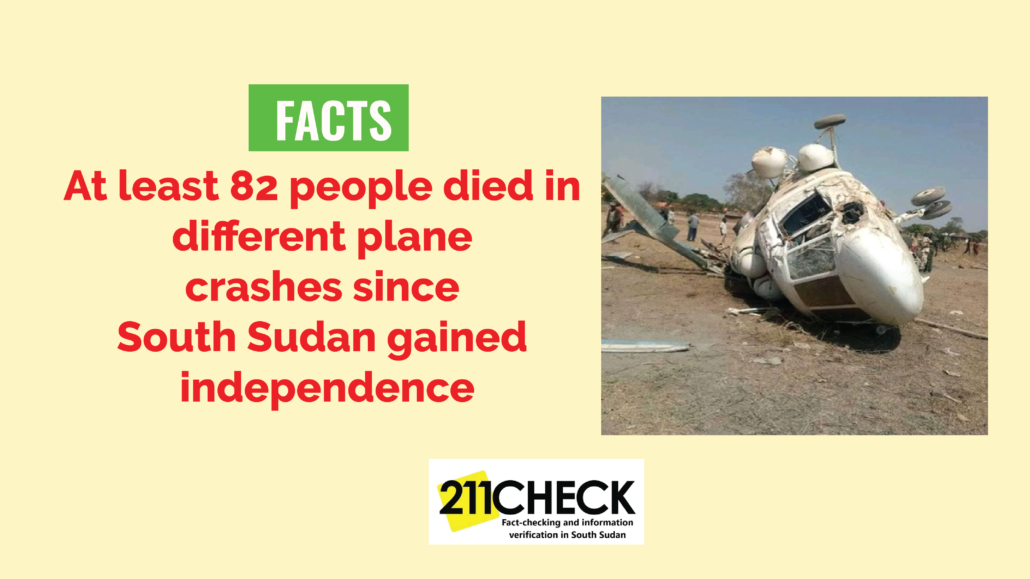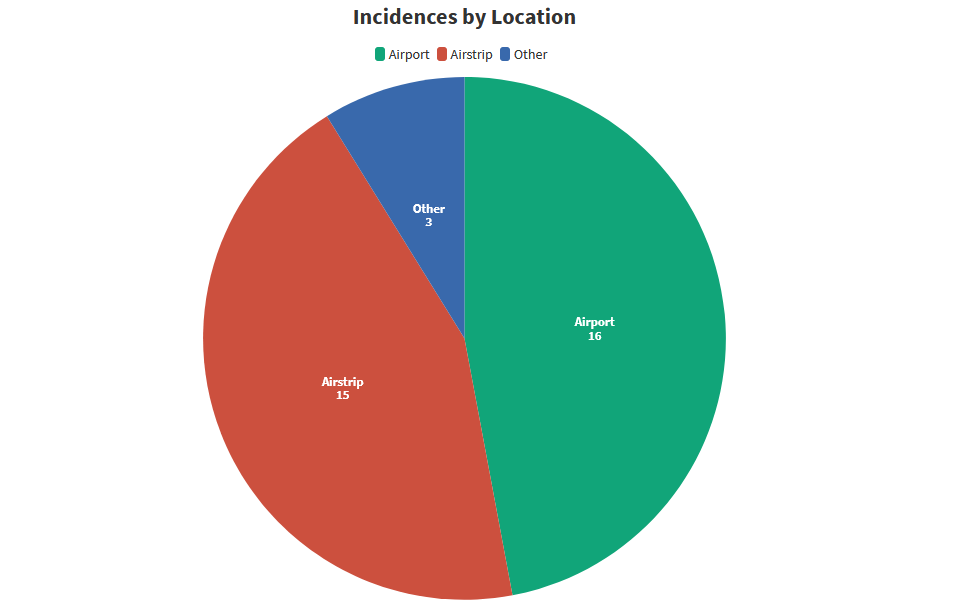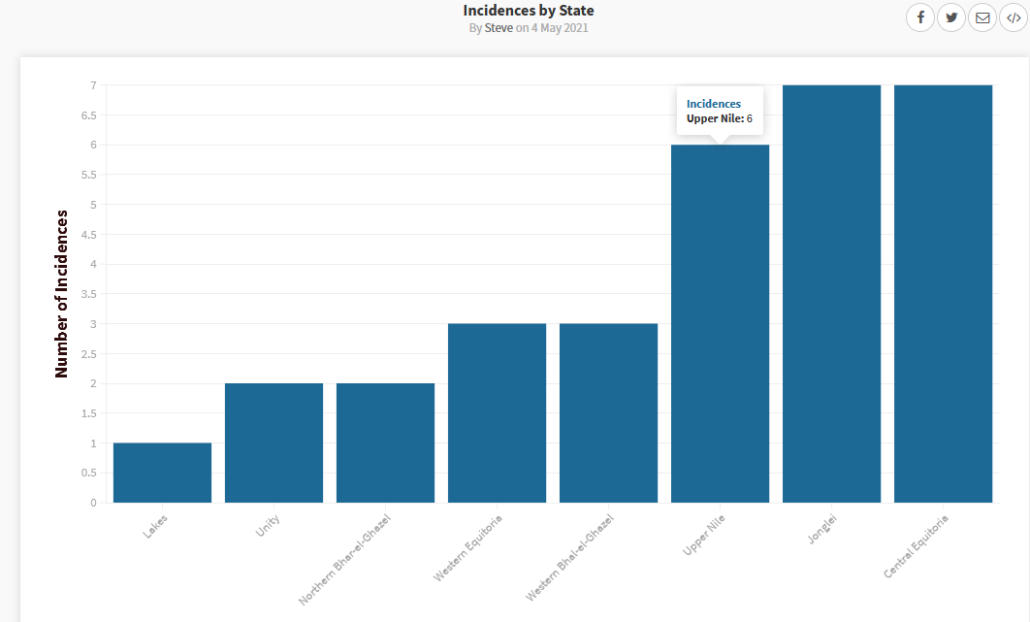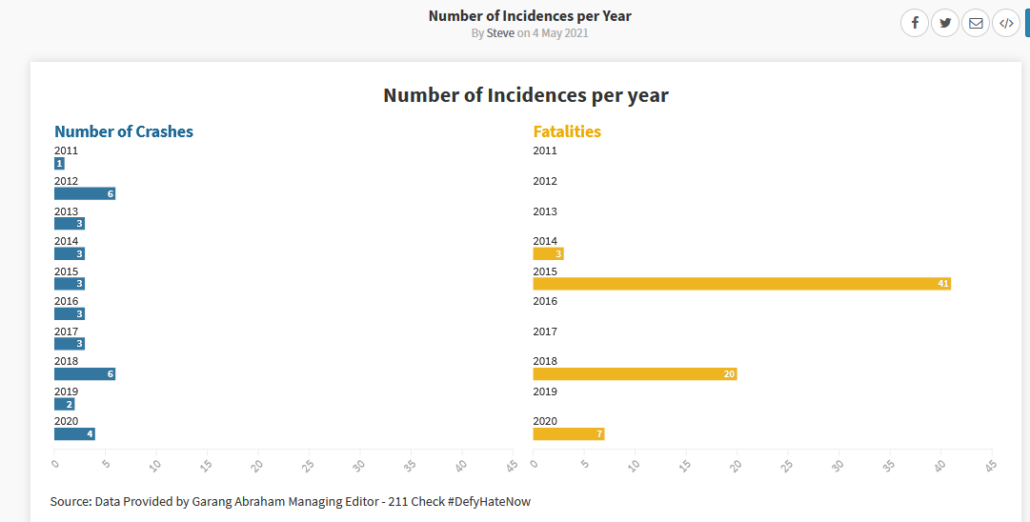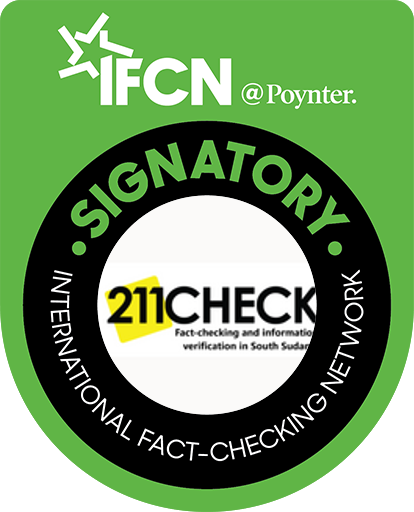South Sudan leads East Africa with ‘most expensive’ electricity charges
Author: Emmanuel Bida – Associate Editor
A new 211 Check report has revealed South Sudan in the East African region the country with most expensive domestic electricity charges.
The statistics unveiled Juba Electricity Distribution Company (JEDCO) as the lead company with the highest electric fee per kWh charges in the region.
The brief study carried out by 211 Check featured all East African countries and some South Sudan’s neighboring countries, to compare electricity rates per kWh. Those included were Ethiopia, Democratic Republic of Congo, Sudan, Tanzania, Burundi, Rwanda, Kenya, and Uganda.
According to the dreadful findings, South Sudan took the lead with $0.36 charges, followed by Tanzania with $0.12, Kenya and Rwanda grabbed the third position with $0.09 charges respectively, while Uganda came in the fifth position with $0.07.
On the last phase with less electricity charges, was Burundi who seized the sixth position with $0.03, Sudan and DR Congo ranked second last with $0.02, while Ethiopia was classified last with $ 0.01, the lowest charges.
Below is the data table:
| S/No. | Country | 1kWh in Local Currency | 1kWh in the U.S.Dollars | Rank |
| 1 | Ethiopia | 0.54 ETB | $ 0.013 | 9 |
| 2 | DR Congo | 122.06 Congolese Franc | $ 0.016 | 7 |
| 3 | Sudan | SGD 6.35 – SGD 10 | $ 0.016 | 7 |
| 4 | Tanzania | 263 Tanzanian Shillings | $ 0.115 | 2 |
| 5 | Burundi | 62.01 BIF | $ 0.032 | 6 |
| 6 | Rwanda | 89 – 201 RWF | $ 0.09 | 4 |
| 7 | Kenya | 11.30 – 24.18 KShs | $ 0.092 | 3 |
| 8 | Uganda | UGX 250 – UGX 842.7 | $ 0.07 | 5 |
| 9 | South Sudan | SSP 148.57 – SSP 221.87 | $ 0.3606 | 1 |
Below is also data visualization table:

